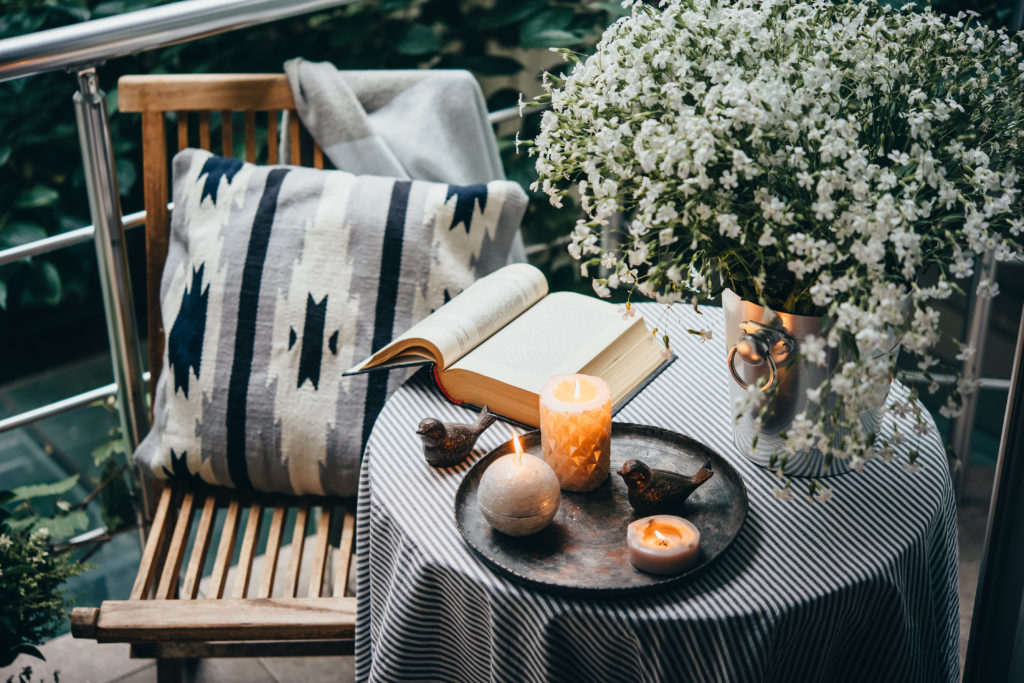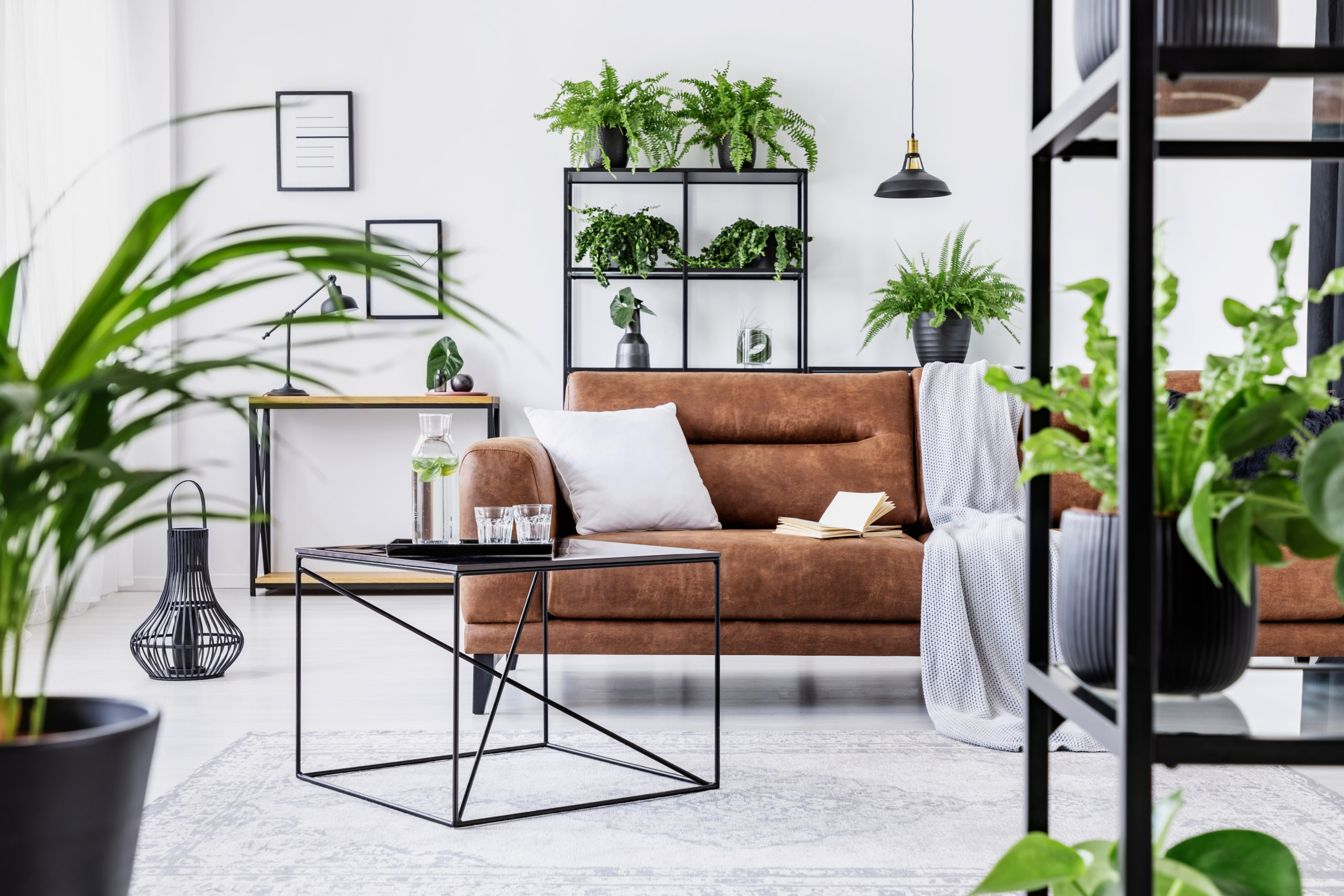Our surroundings can have a huge impact on how we feel. From what we see and smell to lighting and colors, numerous factors influence our moods. Below are a variety of scents, sounds, and things you can incorporate into your home in order to create a calmer and happier environment.
Scents:
- Lavender: Lavender is a go-to scent for relaxation. The scent can help calm not only the mind but your body as well. The fragrance is also used to help treat insomnia and ease sleep issues.
- Eucalyptus: Eucalyptus can help you destress, clear the mind, and even help with breathing. Try keeping a piece of Eucalyptus in your shower so you can inhale it and relax.
- Lemon: The smell of lemon can improve concentration. Citrus smells can also make you feel more alert.
- Jasmine: Jasmine is known to alleviate stress and reduce anxiety. It can also help the body unwind.
- Peppermint: Peppermint may boost concentration and can also serve as a mental stimulator.
- Vanilla: The smell of vanilla, or vanilla bean, can elevate your mood and also make you feel relaxed. It’s known to evoke feelings of happiness.

Sounds:
- Nature: Nature sounds are associated with a decrease in the body’s sympathetic response, which is what causes the “fight-or-flight” feeling. They can also help the body relax, reduce stress, and promote feelings of positivity. Nature sounds can even help improve your attention. Not everyone has a babbling brook to sit next to, but there are many nature sounds available on streaming services, YouTube, or sound machines.
- Classical Music: Classical music can improve cognition, lower blood pressure, enhance memory, and even help reduce pain levels. If you’re feeling stressed listening to classical music can help calm you down and improve your quality of sleep.
- Meditation: Meditation music and sounds are great for reducing stress. Meditation sounds are also known to improve one’s concentration.

Surroundings:
- Plants: Surrounding yourself with plants has numerous positive side effects. Plants can improve your concentration, make you happier, and even lower your blood pressure. Start placing them around your home or workspace in order to boost productivity and reduce your stress levels.
- Colors: Colors have been proven to dramatically affect moods, feelings, and emotions. Keep in mind different shades of each color can have different effects. Warmer colors such as red, orange, and yellow are generally more stimulating. Use red and orange to stimulate the body and mind, or to increase energy levels. Lighter shades of yellow are often associated with happiness, but bright yellow can sometimes activate the feeling of anxiety. Cooler colors such as blue and purple are known to be more calming. Blue is believed to have a calming effect, but it can also help treat pain and inspire feelings of security and serenity. An easy and affordable way to incorporate blue is with paintings, pillows, or even lights. Purple is known to make people feel calm and creative.
- Lights: Research has shown that receiving an adequate amount of light is key during the day. It not only improves your mood and energy levels but can also affect concentration. However, if the lights in a room are too bright it can intensify certain feelings, so try incorporating warm lights at home and avoid intense lighting. Light bulbs that simulate natural lighting are a great choice, especially while many of us are spending a large amount of time indoors. It can help ease depression, make people feel happier, and even help you sleep better at night.


